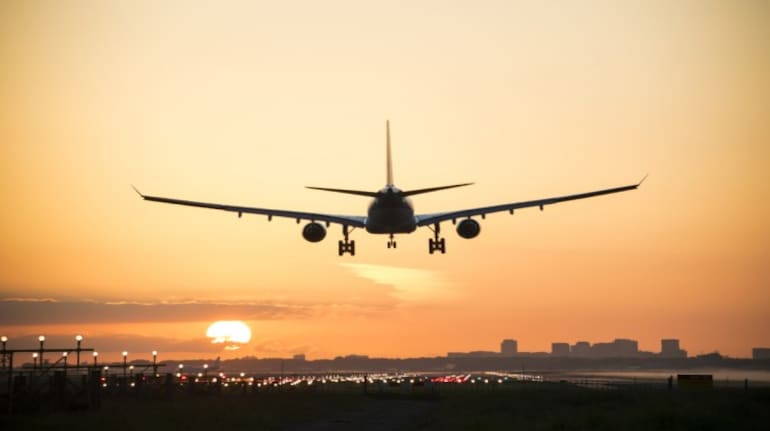



Shishir AsthanaMoneycontrol Research
As if the competitive environment in the airline space were not enough, airline companies are likely to face headwinds from a completely new direction.
The Institute of Chartered Accountants of India (ICAI) is bringing in changes in Indian Accounting Standard 116 (Ind AS 116). Ind AS 116 covers leases and sets out the principles for the recognition, measurement, presentation, and disclosure of leases. The objective is to ensure that lessees and lessors provide relevant information in a manner that faithfully represents those transactions. India is merely aligning itself with changes in international accounting standards.
Global finance woke up to the loophole in the treatment of leasing in the wake of the accounting scandals of Enron, WorldCom, and HealthSouth between 2001 and 2003. It was then that the US Congress rolled out the groundwork for what is being termed as the Sarbanes-Oxley (SOX) Act.
The goal of SOX was to protect investors from corporate fraud. The new lease accounting standards bring a much higher level of transparency to leases. All leases longer than 12 months must be capitalized and reported on a company’s balance sheet as assets and liabilities.
For lessees like airline operators, all leases will be classified as an operating or financing lease, with both being capitalized, while for lessors the leases will be classified as an operating, direct financing or sales type lease.
The reason this is a cause of worry for India’s airline sector is that many airlines have aircraft that have been ‘procured’ on an operating lease or a sale-and-leaseback arrangement. As per this arrangement, the seller of an asset leases back the same asset from the purchaser. The lease arrangement is made giving details of the lease rentals and the time period.
Most Indian companies, especially the low-cost carriers like SpiceJet, GoAir and IndiGo (InterGlobe Aviation) follow the sale-and-leaseback policy. In the recently-held analyst call, though, the management of IndiGo said it would prefer owning aircraft. Out of a fleet of 131 aircrafts as on March 31 Indigo owns only 17 aircrafts while others are on lease.
Air India and Jet Airways partly follow this policy to add aircraft to their fleet. The remaining aircraft are bought by the companies by taking bank loans.
Though sale-and-leaseback is also a form of loan, the advantage the airline companies had was the effect of such a treatment was restricted to the Profit & Loss account (P&L) only, there was no impact of the move on the balance sheet of the company. This resulted in lower debts on the books of companies adopting the model.
Ind AS 116 will rectify this issue, which will result in both the asset (aircraft) and liabilities (the amount to be paid to the aircraft supplier) to be reflected on the balance sheets of the companies. A sharp spike in the balance sheet is expected after implementation of Ind AS 116.
Analysts will have a tough time recommending companies with a skewed debt-to-equity ratio. Return on Assets (RoA) of companies will come down sharply as lumpy assets will get added to the balance sheet.
Resorting to short term leases (less than 12 months) is an option that is still open with airlines, but the registration and other administrative costs on new leases can be a deterrent.
While airlines will be mainly impacted by Ind AS 116, the other sector that will be hit is software. A substantial amount of the hardware bought by IT companies is done on lease.
Discover the latest Business News, Sensex, and Nifty updates. Obtain Personal Finance insights, tax queries, and expert opinions on Moneycontrol or download the Moneycontrol App to stay updated!
Find the best of Al News in one place, specially curated for you every weekend.
Stay on top of the latest tech trends and biggest startup news.